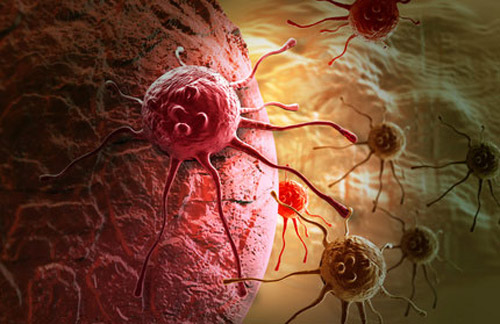Chemoresistance, the ability of cancer cells to evade or to cope with the presence of therapeutics, is a key challenge that oncology research seeks to understand and overcome. Now, a new study by scientists from Queen Mary University of London reveals two genes that cause head and neck cancer patients to be resistant to chemotherapy. The scientists discovered that silencing either gene can make cancer cells previously unresponsive to chemotherapy subsequently respond to it.
The findings are published in Molecular Cancer in an article titled, “Identification of multidrug chemoresistant genes in head and neck squamous cell carcinoma cells,” and could potentially extend to other cancers with elevated levels of the genes.
The scientists report their study is the first evidence for the genes NEK2 and INHBA causing chemoresistance in head and neck squamous cell carcinoma (HNSCC) and gene silencing of either gene overturning chemoresistance to multiple drugs.
Cancers that are known collectively as head and neck cancers usually begin in the squamous cells that line the mucosal surfaces of the head and neck (for example, those inside the mouth, throat, and voice box). Resistance to treatment is one of the biggest challenges in combating HNSCC.
The scientists first used a method known as data mining to identify genes that may be affecting tumor responsiveness to drug therapy. They tested 28 genes on 12 strains of chemoresistant cancer cell lines, finding four genes that were particularly responsive that they then investigated further and tested multidrug-resistance.
Muy-Teck Teh, PhD, senior author of the study from Queen Mary University of London, said: “These results are a promising step towards cancer patients in the future receiving personalized treatment based on their genes and tumor type that give them a better survival rate and treatment outcome.
“Unfortunately, there are lots of people out there who do not respond to chemotherapy or radiation. But our study has shown that in head and neck cancers at least it is these two particular genes that could be behind this, which can then be targeted to fight against chemoresistance.”


